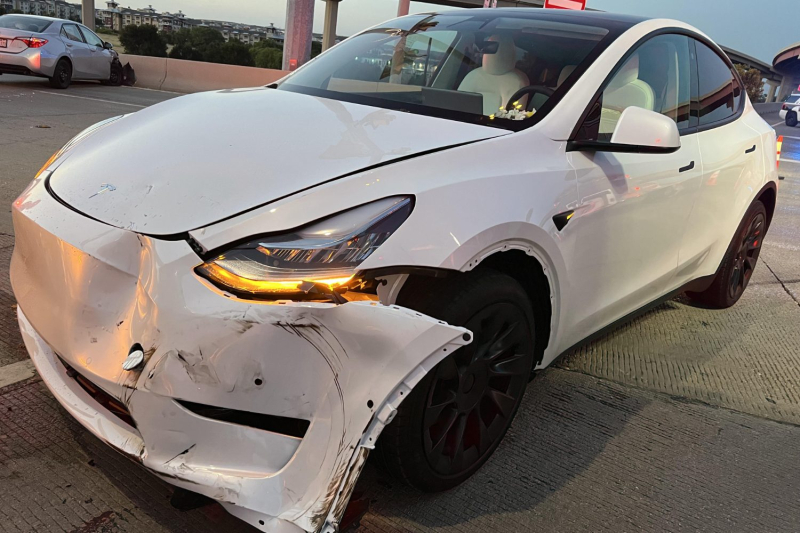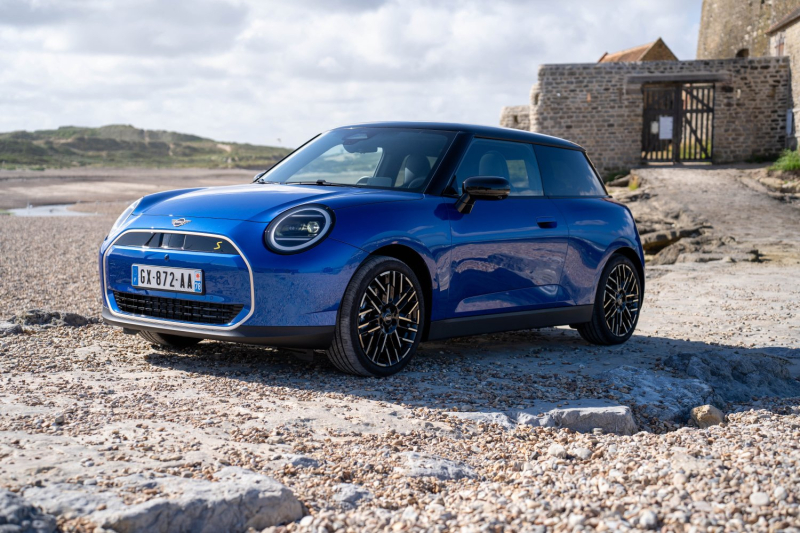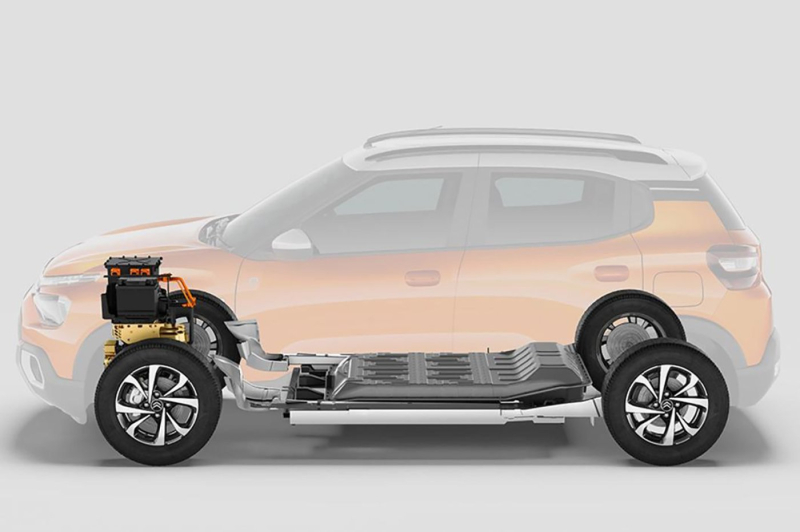
© Substantial- Ad-9307
Electric vehicles are gaining ground on our roads, driven by the green wave and government incentives. However, A new study by researchers from the Universities of Limerick and Barcelona throws a spanner in the works.
Their findings? EV drivers may adopt a gentler driving style, but they are more often involved in accidents for which they are responsible. A paradox that raises many questions about road safety in the era of electromobility.
A seemingly safer driving style

© Robin Sabbadini for Presse-citron
The study is based on telemetry data collected from 14,642 vehicles in the Netherlands, including 830 electric and 1,344 hybrid vehicles. The researchers analyzed driving behaviors and accidents that occurred between January 2022 and October 2022.
First observation: EV drivers are generally more cautious than their counterparts in combustion vehicles. They record fewer abrupt driving events, such as sudden acceleration, hard braking or tight turns. EVs also display the lowest median value for speeding.
This trend is partly explained by the technical specificities of EVs. Regenerative braking, which recovers energy with each deceleration, naturally encourages smoother driving. In addition, the limited autonomy of batteries often pushes drivers to adopt more economical driving.
More accidents despite everything
However, these apparently safer behaviors do not translate into fewer accidents. On the contrary, the study reveals that EVs are involved in 3.2% more at-fault claims than combustion vehicles. Hybrid vehicles fare even worse, with 5.8% more at-fault claims.
This surprising result persists even after taking into account the mileage traveled. Indeed, EVs and hybrids have on average lower annual distances than combustion vehicles. Logically, this lower exposure to risk should translate into fewer accidents. However, the opposite is true.
To confirm these observations, the researchers used a statistical logistic regression model. This demonstrates that theEVs have a significantly higher probability of being involved in an accident for which they are responsible than thermal vehicles. On the other hand, hybrids do not show any significant difference on this point.
Possible causes of this excess accident rate
How to explain this paradox ? Several hypotheses have been put forward by researchers. The novelty of the vehicle could play a role, with drivers having toadapt to different road behavior, particularly in terms of acceleration and braking. The silence of EVs would make them less detectable by other road users, particularly pedestrians and cyclists.
200% Deposit Bonus up to €3,000 180% First Deposit Bonus up to $20,000The technological distraction linked to the sophisticated digital interfaces often fitted to EVs could also be a cause. Some also mention a phenomenon of overconfidence, the feeling of driving a safer and more environmentally friendly vehicle encouraging people to take more risks. Finally, a rebound effect could occur: smoother driving on a daily basis would paradoxically reduce vigilance in the face of unforeseen situations.
Significant financial consequences
Beyond the increased frequency of accidents, the study highlights another worrying aspect: the cost of claims. EVs and hybrids incur higher repair costs than thermal vehicles in the event of an accident.

The battery of a Citroën ë-C3 © Citroën
Thus, 34.7% of EVs and 34.45% of hybrids involved in an at-fault accident generate specific damage greater than 1%. 000 euros. This rate is only 28% for thermal vehicles. The gap widens further for the most serious claims: 2.75% of EVs and 2.26% of hybrids cause damage exceeding 5,000 euros, compared to only 1.59% of thermal vehicles.
These additional costs can be explained in particular by the technological complexity of EVs and the high price of certain components, starting with batteries. A reality that does not escape insurers and could have repercussions on insurance premiums in the future.
What implications for the future of electric mobility ?
These results do not call into question the environmental benefits of EVs, but they raise important questions for the future of electric mobility. Driver training will probably have to be rethought to make them aware of the specific features of these vehicles.
Manufacturers will probably be required to develop driver assistance systems specifically adapted to EVs to compensate for their increased risks. On the regulatory side, public authorities could review certain safety standards, particularly in terms of audible signaling. Finally, insurance companies will certainly integrate this new data into their pricing models.
The study calls for collective awareness. While the transition to electromobility seems inevitable, it must be accompanied by in-depth consideration of road safety.
- Electric vehicle drivers adopt a smoother driving style, with less sudden acceleration and speeding
- Despite this, electric vehicles are involved in 3.2% more at-fault accidents than combustion-engine vehicles
- Accidents involving electric vehicles result in higher repair costs, which could impact insurance premiums in the future
📍 To not miss any Presse-citron news, follow us on Google News and WhatsApp.
[ ]

